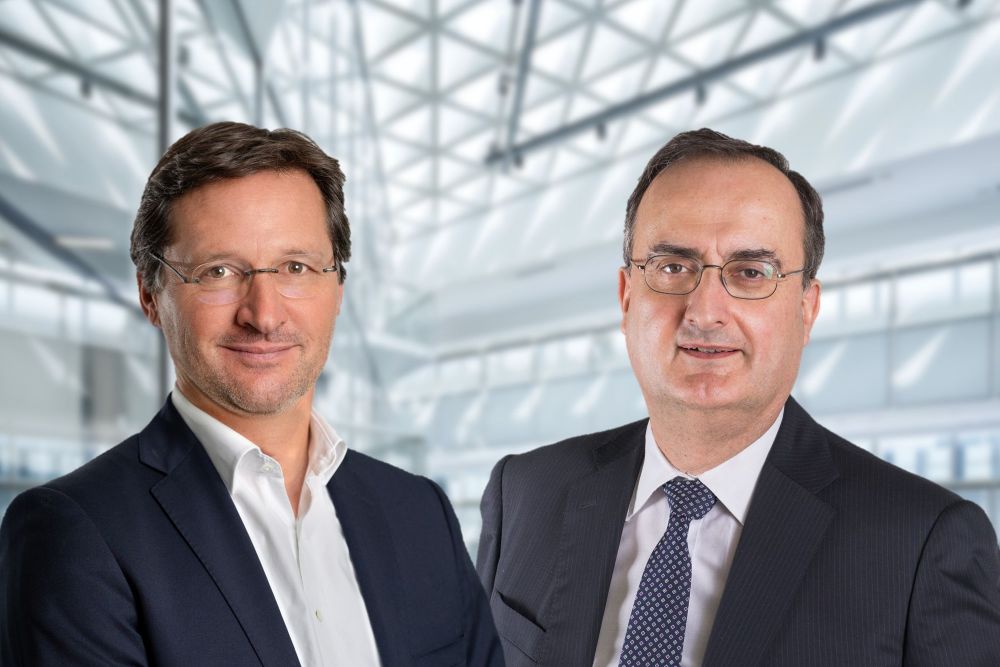- Home
- EN
- Kardham Group
- News
Scaling up to meet the challenge of greener real estate
November 2023

The real estate industry's growing awareness of the need to reduce its environmental impact is undoubtedly beginning to bear fruit. But if we are to make further progress in the quest for greener real estate, we will have to act collectively to change scale: stop thinking in terms of a single building, and shift to the prism of the estate or neighborhood.
By Roman Coste, Managing Director Kardham and Pascal Zératès, Managing Director Kardham Digital published on the website of Business Immo.
Broaden your field of vision and action
Act on design, manufacturing and uses. On processes, materials and techniques. On change management, regulations and incentives. Almost everything has been said about how to move the industry forward on the road to decarbonization. And while there's still a lot of progress to be made, the initiatives undertaken and the feedback gained so far are to be applauded. And yet, like the tree that hides the forest, to act unilaterally and individually on a single building would be to definitively misunderstand the immensity of the task ahead. Because the next steps forward will come from our ability to change scale.
This change is first and foremost that of the real estate portfolio, i.e. when several buildings are held by one and the same owner, in the knowledge that the latter himself also manages various tenants. It's also about the smart city, i.e. the neighborhood or the city, with the territory as the common denominator. A territory that also speaks to multiple third-party stakeholders: neighbors, professionals, private individuals, industries, offices, public facilities, etc. In these two cases of change of scale, the asset or the neighborhood, the objective is now the same: to know how to work collectively to converge the concerns of different third parties who, although they have a "common interest" in reducing the impact of their real estate activities on the environment, may be on opposite sides of a contract, a lease, or even a wall.
Digital, a lever for convergence
In the face of this challenge, digital technology could prove to be a relevant facilitator, since by pooling efforts and resources, it will enable different third parties and interests to be brought on board and reconciled. The smart building, for example, can address issues such as improving quality of life in the workplace, managing building energy according to usage, and improving user experience. It is now possible to set up convergence platforms so that different information systems can talk to each other and interact with their environment, and therefore with other information systems and other ecosystems surrounding the buildings for which they were designed. The same applies, for example, to the management of shared resources such as company parking lots: today, an organization's head office that would otherwise be restricted by a restrictive urban plan can create a community of neighborly interests to take advantage of additional parking spaces in an adjacent building, whether it belongs to another private company, a local authority or a residential condominium. This load-sharing also applies to digital concierge services for quality of life in the workplace, which can be extended to surrounding services, or to shared self-consumption services that contribute to the production and management of energy for an entire neighborhood.
Once again, the pooling of resources, made possible by the interoperability of different information systems, appears to be at the heart of all service, ecological and economic performance. This same overall vision can also be seen in the case of large companies, which may occupy several sites, or in the case of investors, for the entire real estate portfolio they operate. Managing maintenance across a group of buildings, providing the best possible service to occupants, employees and users wherever they may be in a given territory, managing flows and routes across a group of sites, anticipating and proactively improving the overall quality of life across a real estate portfolio, etc. Today, digital technology makes it possible to address all these considerations: by proposing an architecture that embeds, as it is built and evolves, new stakeholders who contribute to the project, and by piloting data in such a way as to extrapolate additional services that become integrated as different needs, projects and interests evolve.
The extent to which digital technology can help in this necessary change of scale is clear. To achieve this effectively, however, it needs to be seen in its service dimension, not its technical or technological dimension, and above all, it needs to be deployed in a sovereign and secure environment. Only under these conditions will it be possible to bring together a variety of interests, all of which are bound to evolve over time. Buildings need to be agile, because everything is changing: tenants, organizations, employees, professions, working methods, etc. Technology is and will remain only a means to an end. Technology is, and will remain, only a means to a more ambitious end, that of "smart building as a service".

